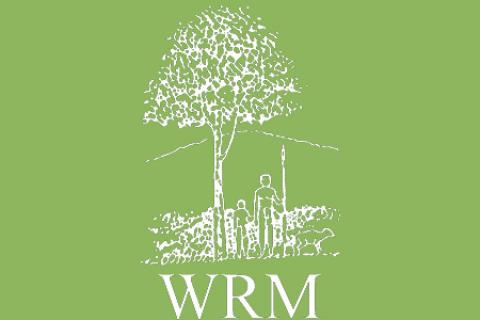Companies and governments involved in the international tropical timber trade have a well deserved bad image. Most of their activities have resulted in widespread forest destruction and human rights abuses in numerous countries, while corruption has been at the core of many of their practices. Some of those same actors now appear to be willing –after having been targeted by strong NGO campaigns- to improve their performance in both logging and international timber trade.
Bulletin articles
Is the dichotomy legal logging – illegal logging the one that should prevail in a forest conservation policy? It is understood that illegal logging takes places when timber – converted into a profitable business to be exploited – is harvested, transported, purchased or sold in violation of national laws. However, laws can vary widely from one country to another, so there is no way of distinguishing between legal and illegal logging on a world scale insofar as there are no international standards in this respect. Perhaps in each case the questions to be asked are: What is legal?
Illegal logging has possibly been the most debated issue in the forestry sector at international level recently and has been attracting increasing attention in the last ten years. Governments, timber industries, donor agencies and NGOs seem to agree that it is one of the most important issues to be addressed. It also has been discussed in some high profile meetings.
European NGOs estimate that more than 50% of all tropical timber imports into the EU are illegally sourced, as are over 20% of all imports from boreal forests. Furthermore in several European countries, notably in the Baltics and Eastern Europe, an estimated 50% of all logging is illegal. As the EU has no mechanisms in place to control the timber imports, the EU currently launders large volumes of illegally sourced timber each year.
Forests provide for the livelihoods of hundreds of millions of people worldwide and particularly in the tropical areas. Whatever activities are carried out that imply deforestation or forest degradation will therefore impact directly on the means of survival of those people and thus also on their health.
The forest is the cradle of biodiversity, that is to say, the origin of life. When the forest is healthy, water springs from it, the air is purer and more fragrant, we can obtain shelter from its many resources, it gives us food, art is expressed in the myriad of colours and hues that are cyclically unfolded and concealed and in the midst of all this beauty and prodigality, it is possible in some way to feel the love that nature shares with all its beings.
Between 1994 and 2004 the land converted from native forests and farms to monoculture tree plantations in Tasmania has increased almost fourfold – to 207,000 hectares.
Most farms replaced were organic or used relatively few chemicals as compared to the highly chemically-dependent monoculture tree coupes that replaced them.
Annexation of Mapuche territory by the Chilean State and the imposition of its legal system on all the indigenous peoples that co-exist in the country have marked deep changes in the way of life of the Mapuche people. Between 1881 and 1907, stripped of their territory, their autonomy and their assets generated as an agricultural and cattle-raising society, the Mapuche people fell prey to hunger and to disease that took around twenty thousand victims.
The human health risks associated with plantations of genetically engineered trees, though virtually unstudied, are significant and further legitimize the call to globally ban GE trees.
The health risks can be broken down into the following categories: exposure to hazardous chemicals (such as the herbicide RoundUp) applied to the plantations; the harmful effects of inhaling pollen from trees that produce the bacterial toxin Bt; the risks associated with consumption of fruit from GE trees; and the threats of using antibiotic resistant markers in the development of GE trees.
Indonesia’s forests are once again on fire. Smoke from fires in Sumatra caused the worst haze conditions in Malaysia since 1997. An unhealthy smoky haze (a mixture of dust, ash, sulfur dioxide and carbon dioxide) has been covering Malaysia's main city Kuala Lumpur and 32 other towns. Schools were closed, and hospitals filled with patients complaining of respiratory ailments. Data from Indonesia’s Riau Health Service reported that more than 1990 people have been experiencing upper respiratory infection and eye problems.
In an attempt to build or recall a holistic vision of health as a balanced condition where the joy of living can emerge, it may be relevant to think over different sorts of living –very different from the allegedly advanced western modern life: hunter-gatherers, for example.
Hunter-gatherers consume less energy per capita per year than any other group of human beings. Yet when you come to examine it, the original affluent society was none other than the hunter's - in which all the people's material wants were easily satisfied.
“We are shown that our life exists with the tree life, that our well-being depends on the well-being of the Vegetable Life …” is what I read over and over again in the “Message to the Western World” sent by the Six Nations Iroquois Confederacy -from the northwest of the North American continent- to the United Nations in 1977.
